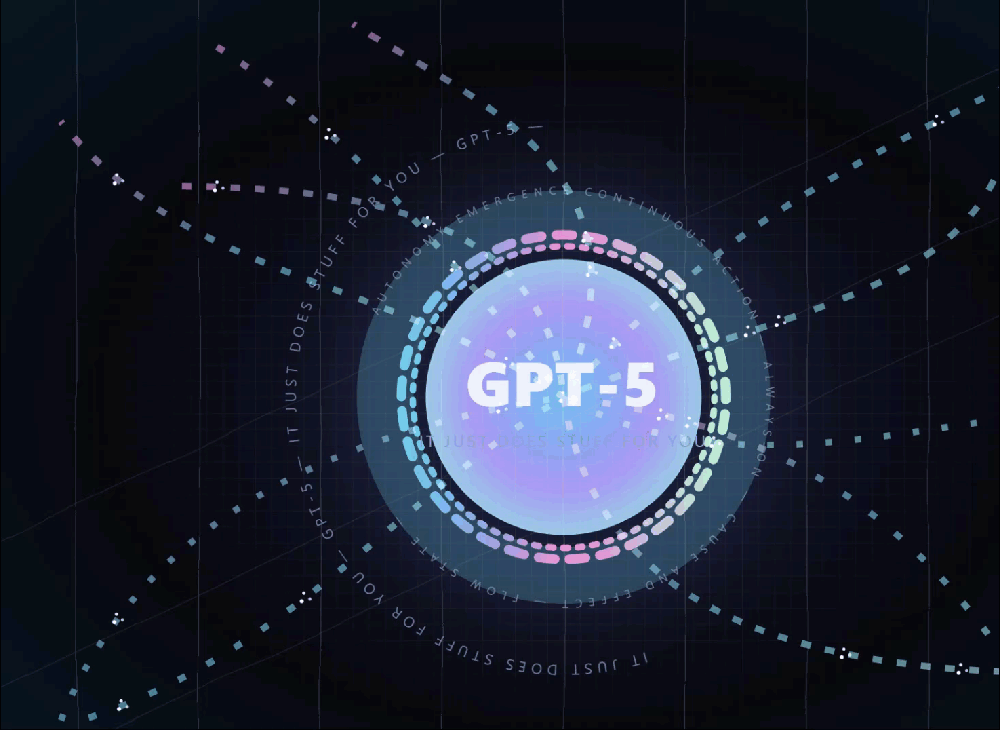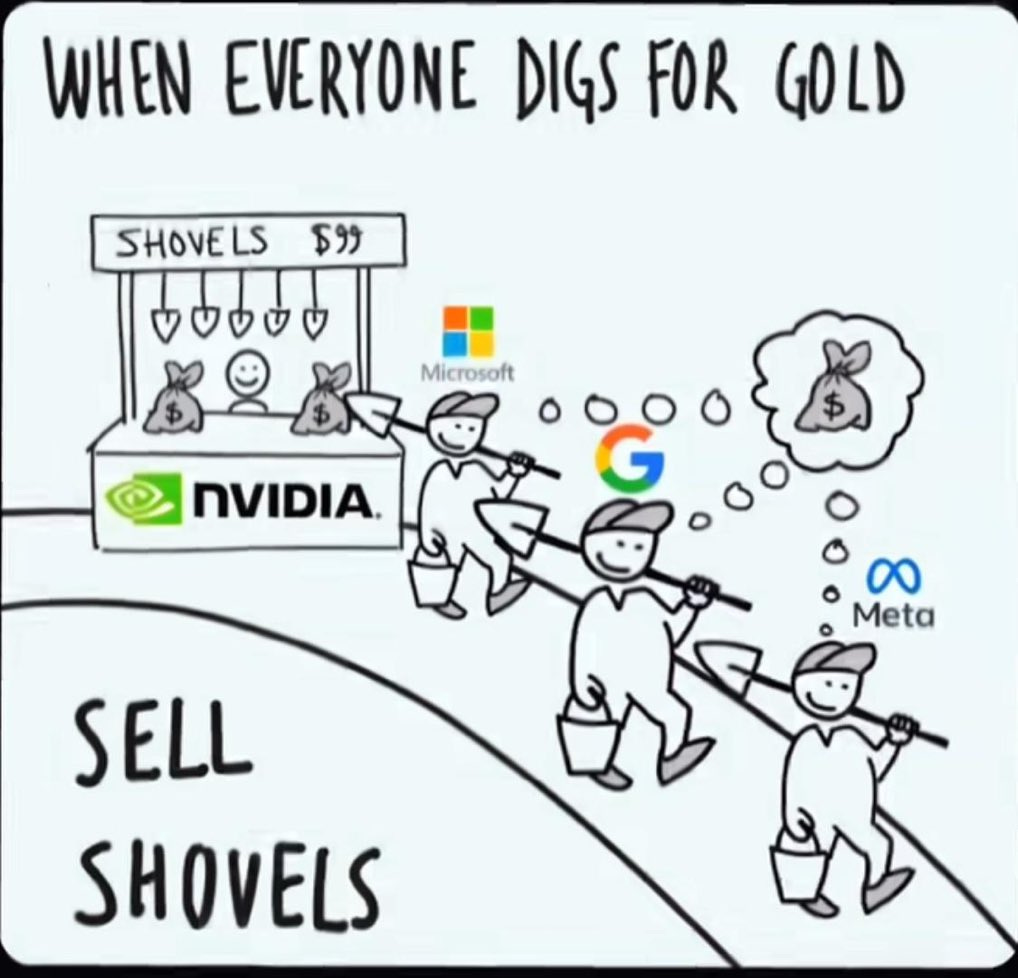
AI: OpenAI's 'simpler' GPT-5, in a complex sort of way. RTZ #807
OpenAI officially launched GPT-5 today, with a video post as well. In August as rumored, expected, and discussed in these pages just a few days ago. While it’s peers Google, Anthropic, Amazon and many others here and abroad in China/Rest of World, it’s OpenAI gets the lion’s share of the attention. Because of course, it’s OpenAI. The current leader of the AI Tech Wave. Along of course with Nvidia, and.a host of others we can count on one hand.
Let’s go through the details, actual, and versus the range of expectations. The key is that they’re trying to simplify the plethora of models today that do chat, reasoning and agentic stuff, into a singular offering that makes it simpler for mainstream users.
The Information sums it all up well in “OpenAI Says GPT-5 Is One-Size-Fits-All; New Open Model Was Cheap to Train”:
“OpenAI unveiled its new flagship AI model, GPT-5, on Thursday. And with the launch, OpenAI seems to be moving more towards offering an entire AI system to its customers versus giving them the choice between models. The company said during a live-streamed presentation that it would be withdrawing user access to its older models, meaning that customers won’t be able to choose between models depending on how much they want to spend or how complex the task is.”
“Instead, GPT-5 will make that choice by itself by deciding how long it will “think” (i.e. how much compute it will use) when faced with tough questions.”
This is a different approach than used by the industry. And something that will be done across the board by LLM AI peers. But businesses and developers will likely still want the choice of various models and types to build their own solutions.
“On one hand, this choice makes sense with what CEO Sam Altman has said about wanting to simplify the ChatGPT experience. But on the other hand, we’ll have to see how developers feel about it since they may want to have more control over when they want to use specific cheaper models, and it could make it harder to know when they can substitute in models from other providers.”
A core focus point as expected was AI Coding. Something I’ve discussed as well in a separate recent post.
“As expected, OpenAI flaunted GPT-5’s coding capabilities, as we’ve previously written, showing how it can code up entire apps in a few minutes. And, researchers talked about how the model is better in more “subjective” domains like writing—perhaps a sign of how techniques like the “universal verifier” we’ve written about have helped OpenAI’s models improve in fields outside of math and coding.”
The other big question for the market of course is relative pricing:
“When DeepSeek released its open source model late last year, the AI industry was impressed by the quality of the model and the relatively cheap price tag it cost to train it. At the time, OpenAI had said it spent more than $100 million to train its flagship model, but DeepSeek’s model only cost around $5.6 million to train.”
OpenAI of course is taking pricing completely head on, by introducing its own additional models that are ‘open-weight’/’open-source’.
“This week, OpenAI turned the tables: the company released two of its own open source models, and disclosures in its model card indicated its training costs were even lower than DeepSeek’s. The model card reveals how many Nvidia chips it had to rent for a given number of hours. Based on that data, the smaller of OpenAI’s two models likely cost less than $500,000 to train, while the larger model cost slightly less than $5 million. And OpenAI claimed that both models performed better than similar-sized models released by DeepSeek. OpenAI did not provide a comment.”
“The results illustrate how AI labs are capitalizing on improvements in both hardware and training techniques to drive down the costs of training, which have historically been prohibitively expensive.”
Part of the opportunity for the industry at large, is coordinating cost efficiencies with A hardware and Data Center partners, like Nvidia, and the AI Cloud companies.
“One reason training costs have fallen in the past year is due to improvements in the software used to train models as well as Nvidia’s new hardware that makes training more efficient, according to Seth Demsey, CEO of Corvex, a cloud startup that rents GPUs to companies and government agencies training and running their own customized AI applications.”
“Training is becoming more approachable—the cost is coming down, which drives more usage, and we’re seeing more people wanting to experiment with it,” Demsey said.”
“That leaves the question open about whether the overall costs of training at large labs will continue to climb in the long run, or whether efficiency advances will cancel out those gains. Cloud providers like Microsoft, Google, and Amazon have poured tens of billions of dollars into building supercomputers in part to support those labs’ sky-high training jobs, and they need the labs to keep spending on training to make back some of that capex investment.”
And of course everyone is in a frenetic rush to continously iterate on improvements up and down the AI Tech Stack.
Along with focusing on the SLM (Small AI) opportunity concurrent with LLM AI on the Large Side.
“Still, while labs like OpenAI may be training small, open-source models on the cheap, AI labs have shown no sign of slowing down their appetite for cash needed to pay for supercomputers to train their cutting-edge models.”
“OpenAI has forecast spending billions of dollars per year in the coming years on model training, and CEO Sam Altman joked in a Twitter post last month that OpenAI has an appetite for 100 million new GPUs, which would cost trillions of dollars. Meanwhile, Elon Musk has racked more than 200,000 GPUs in the past year alone, in part to power large-scale training for its Grok models.”
“That implies that, for now at least, spending on large-scale training will continue to rise despite the advancements in cost-efficiency as long as firms like OpenAI continue to shoot for the moon with large-scale training.”
Now that the new models from GPT-5 to the open-weight ones are in the hands of millions of Developers, we’ll get a lot more real time information on how they fare with AI fare from its peers.
But expect this almost daily pace of AI leap-frog, open and closed, large and small, to continue this AI Tech Wave. And it’s only August. Stay tuned.
(NOTE: The discussions here are for information purposes only, and not meant as investment advice at any time. Thanks for joining us here)










